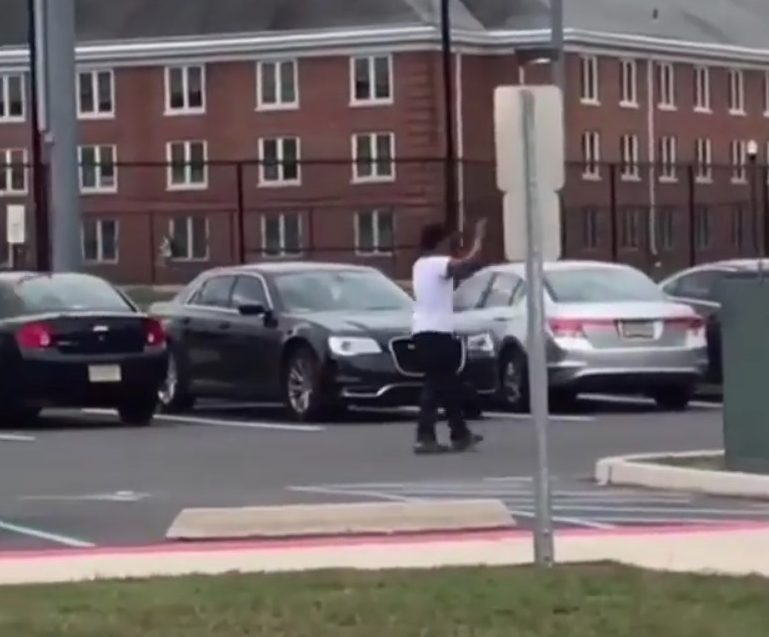The past week at Rowan has been intense, to say the least.
For those of you who have been in a coma or living in a technology-free Buddhist monastery, there was an incident that consumed all news coverage at Rowan like few events prior. Student Altaif Hassan was pulled over by Glassboro police officers on Rowan’s campus. This came following a report from an individual claiming to have seen Hassan brandishing a gun in a Glassboro shopping center.
Hassan and Giavanna Roberson, his passenger, were searched, along with his car. No weapon was found. As he was being told to step out of his car, officers had weapons trained on him, including an assault rifle. Videos of the event went viral online, prompting widespread media attention and reactions from all corners of the Rowan community.
Glassboro police claimed to have followed protocol throughout this entire incident. Since they believed Hassan to potentially be armed following the report of a weapon, Chief Franklin Brown stated that his officers followed protocol.
In the modern age, where campuses and schools face the possibility of active shooters, this precautionary protocol might exist for valid reasons. However, to passersby, the sight of an army of officers with guns drawn (including, likely the most visceral sight, an assault rifle) can appear excessive.
The cell phone age has done wonders to expose potential abuse of power on the end of law enforcement. While police still have to do their job, they also must consider optics and the likelihood of their actions being broadcast for countless eyes to see. Drawing guns on a two students in the middle of the day on a crowded campus might be protocol, but it’s also terrifying to witnesses and for those involved. This is not to say the Glassboro police definitely acted in the wrong. Rather, protocol itself might be overly forceful, which may, in part, result from the gun violence of the modern age.
Where Glassboro police did make a misstep, especially in terms of optics, was in their decision to sit out of Rowan’s town hall open forum. The university extended an invitation to the department to take part in the discussion surrounding these events. Many community members participated and discussed the aftermath and ways in which to move forward. If representatives from the force had attended, their side of the situation could have been voiced, and they could have heard how the community interpreted the events. Student-police relations are a vital part to Rowan’s success, especially as the campus continues to expand.
The university itself made some smart moves in handling this situation. By holding the town hall dialogue, anyone who wanted to ask questions or air grievances was provided a platform. Further, fostering dialogue and attempting to formulate solutions is almost always a positive step. Throughout the process, Rowan did its best to keep the student body updated with information, through avenues including email updates with information as it was being released by the police and statements made via the Student Government Association.
Moving forward, it would benefit all areas of the community—students, law enforcement, town officials and university administration—to participate in dialogue. An increased focus on Glassboro synergy can only be positive.
For questions/comments about this story, email news@thewhitonline.com or tweet @TheWhitOnline.
























































































































































!["Working with [Dr. Lynch] is always a learning experience for me. She is a treasure,” said Thomas. - Staff Writer / Kacie Scibilia](https://thewhitonline.com/wp-content/uploads/2025/04/choir-1-1200x694.jpg)










































